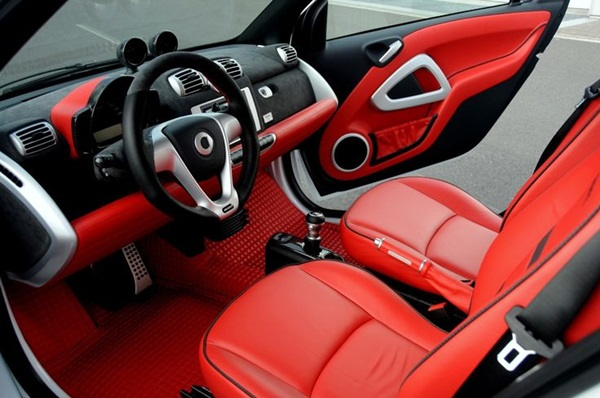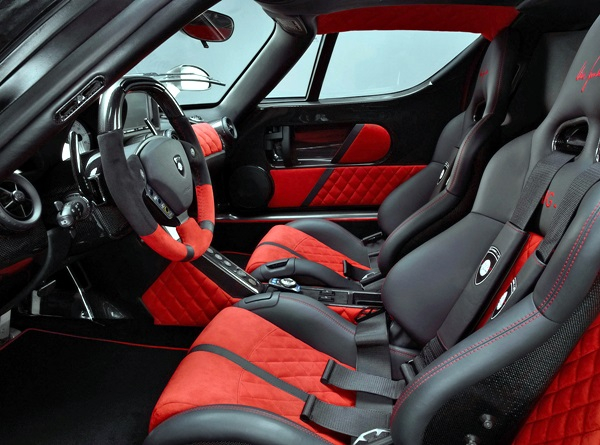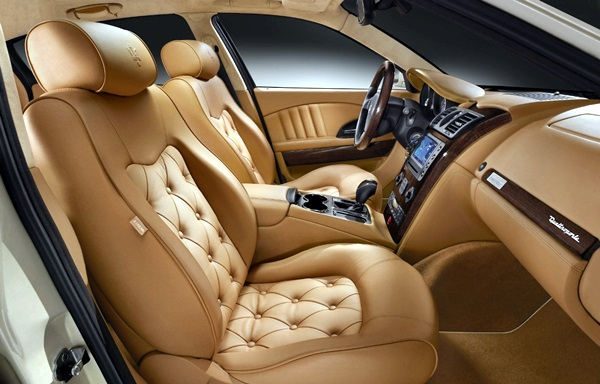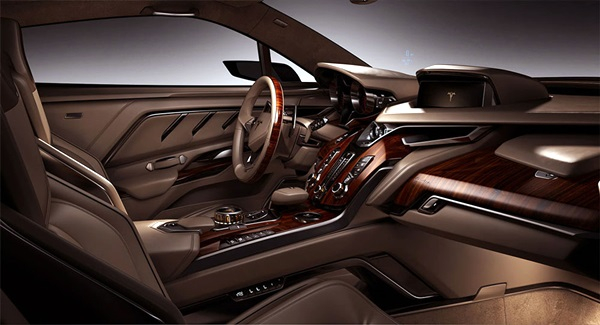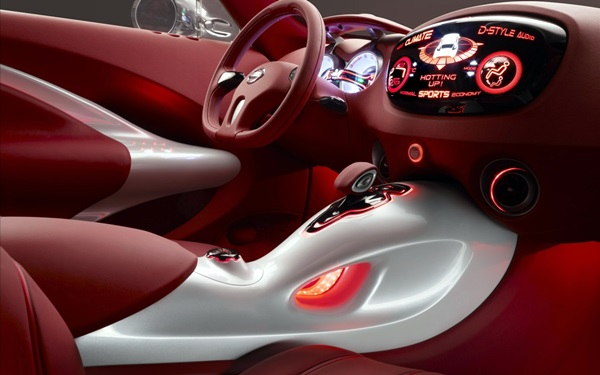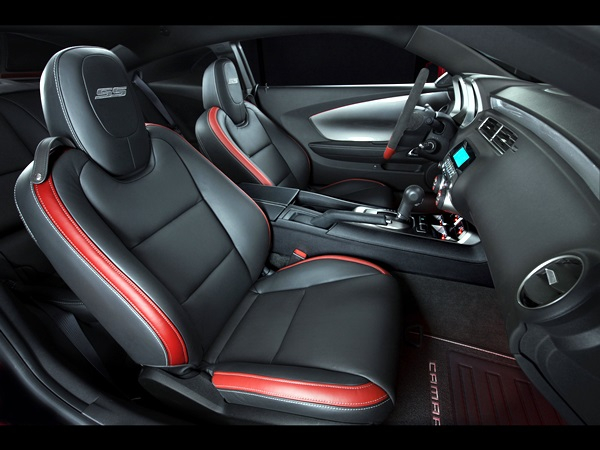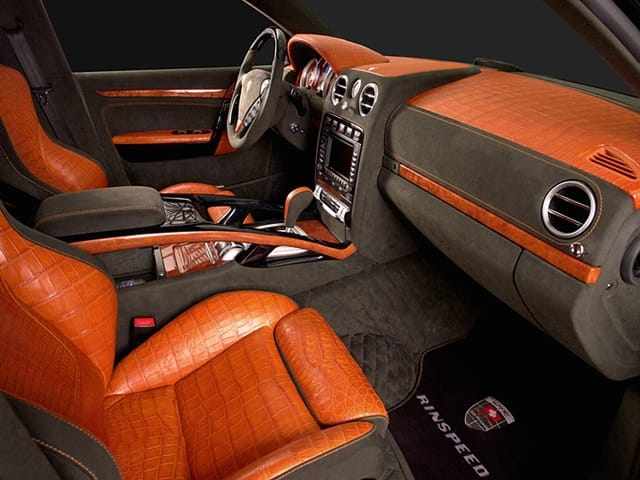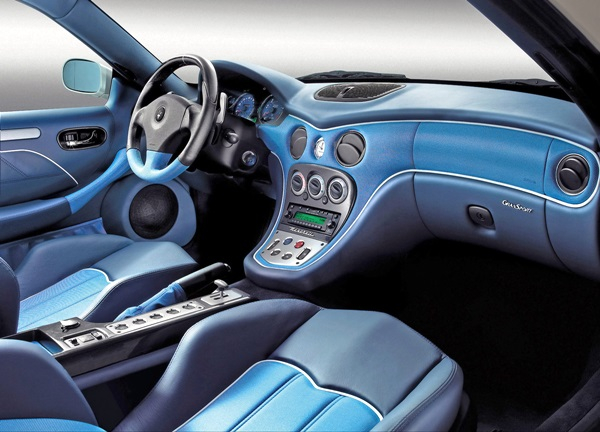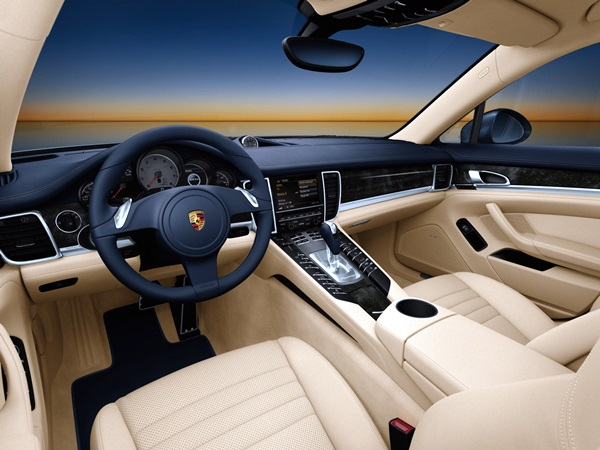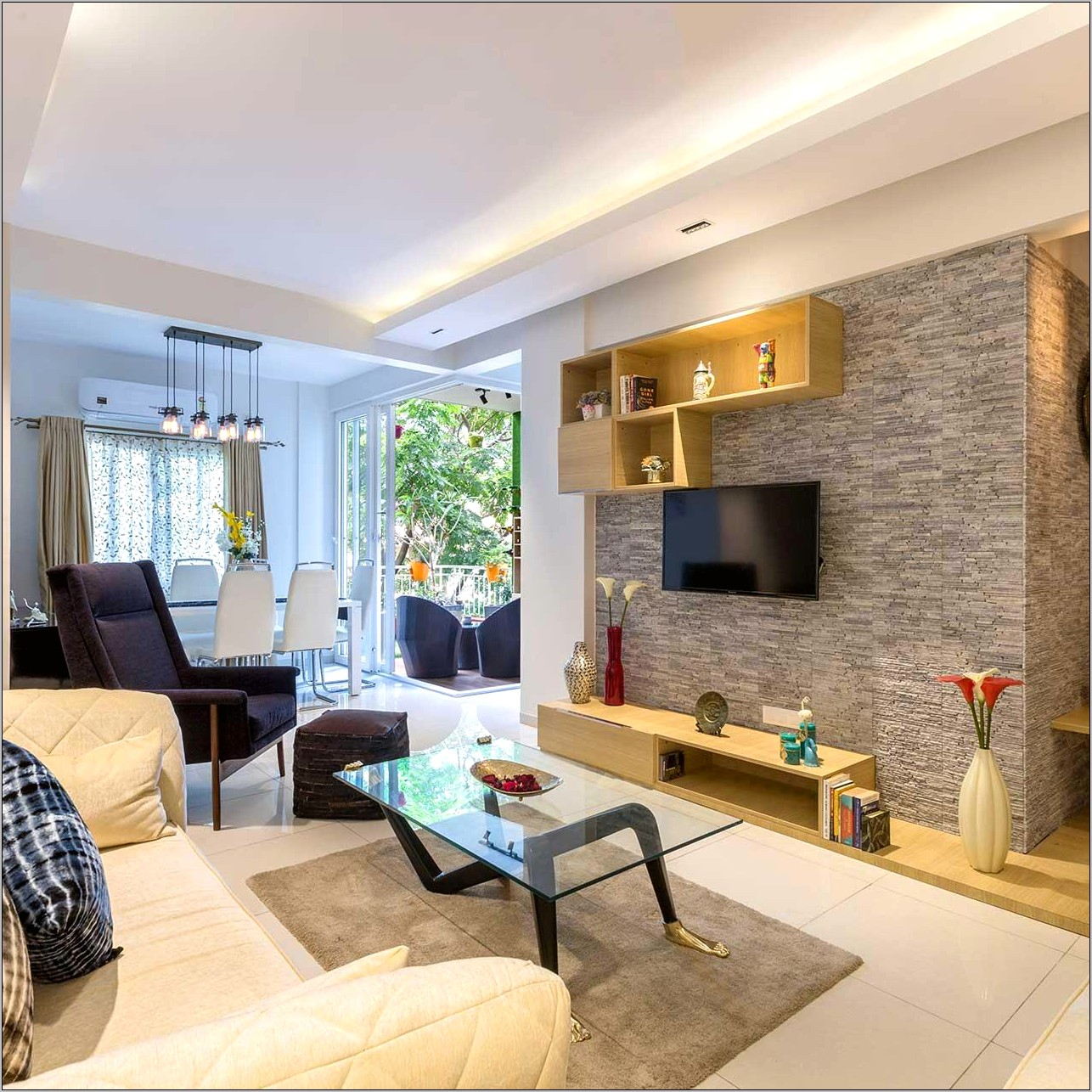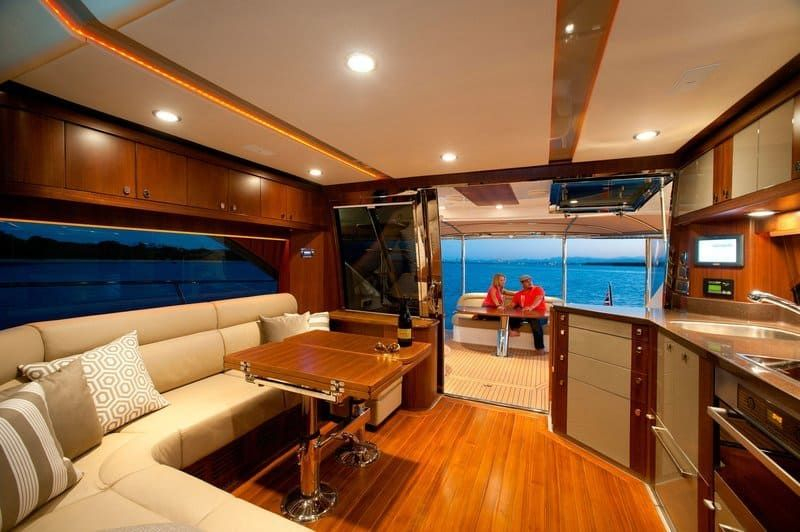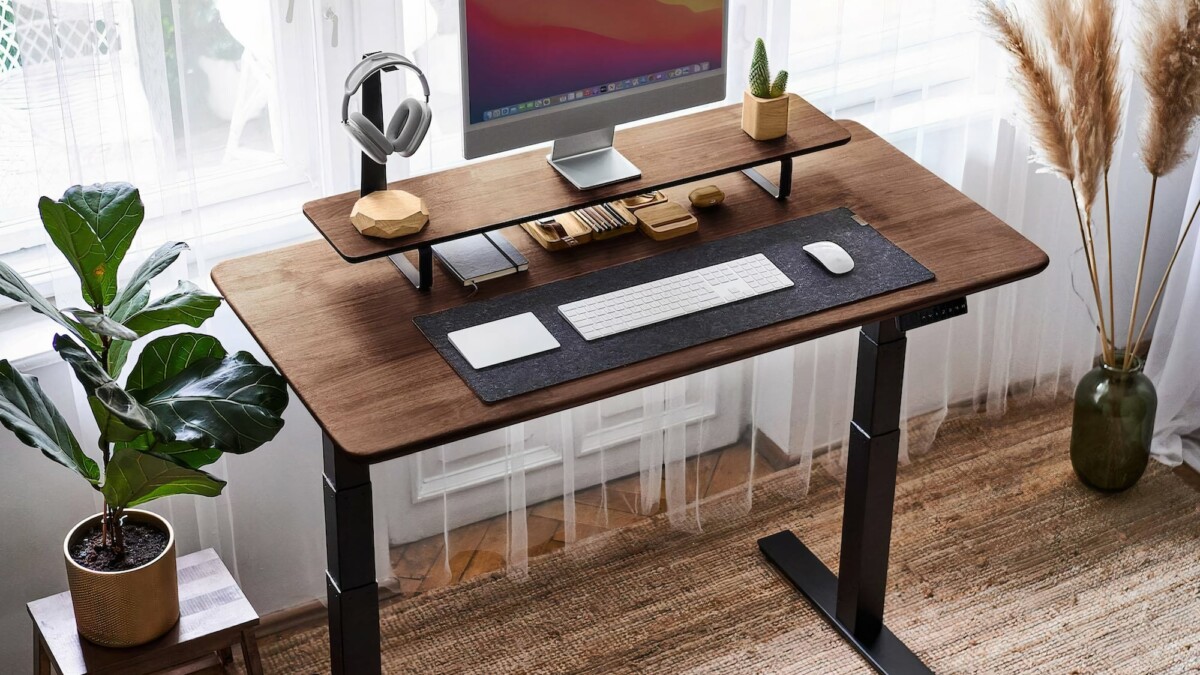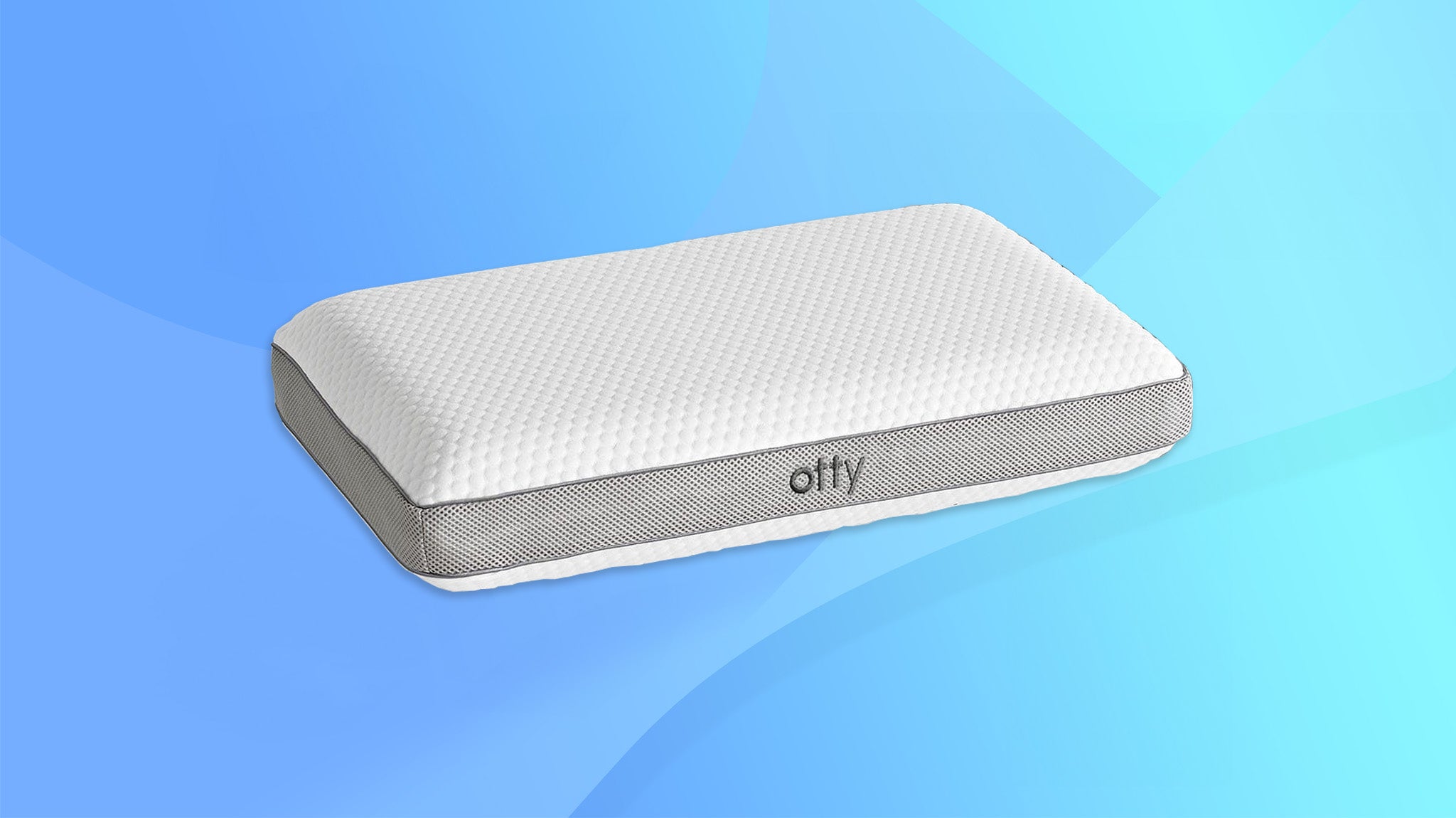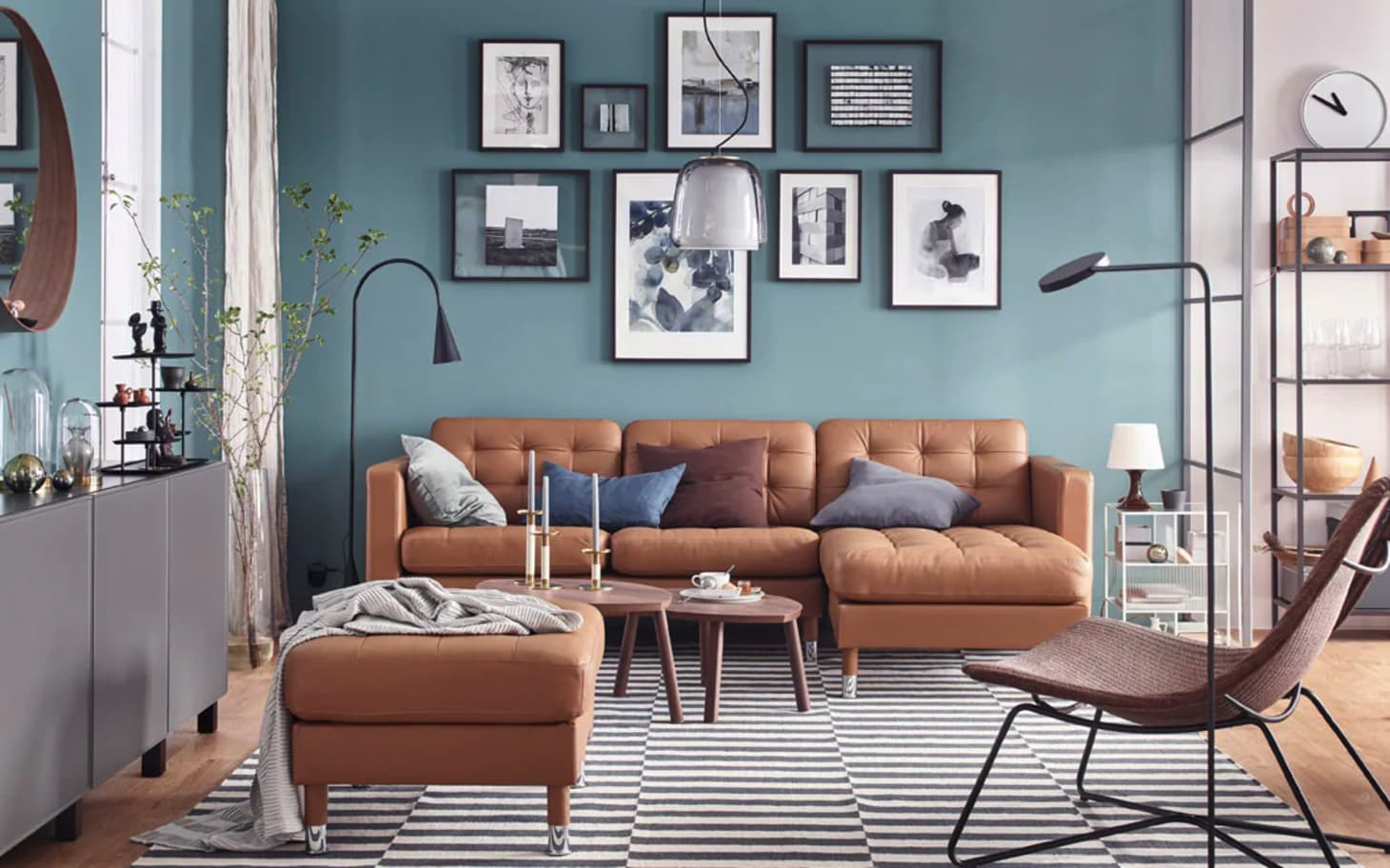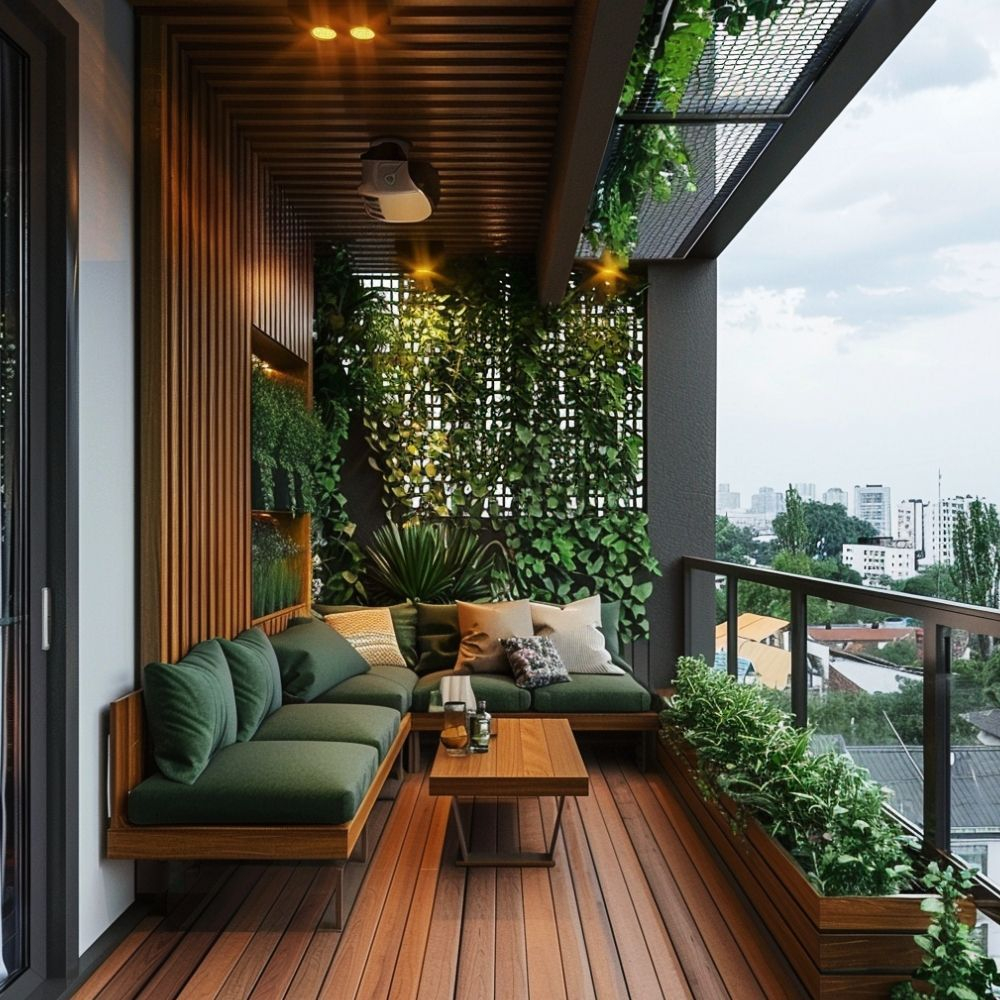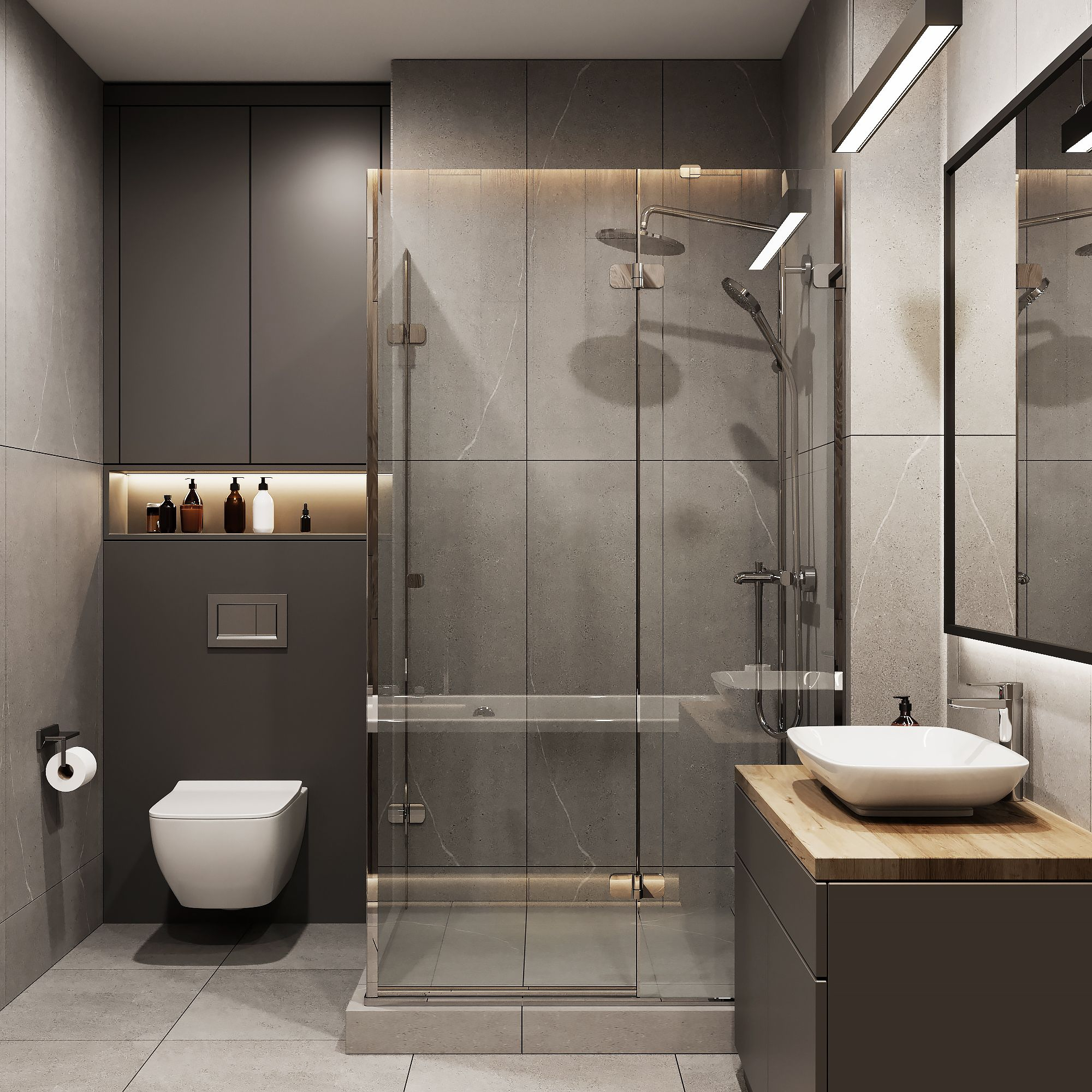Remember when a car’s interior was mostly about durable upholstery and a functional dashboard? Those days are fading fast. Today, the inside of your vehicle is becoming a sophisticated, personalized space, a true extension of your digital life and personal style. We’re talking about a revolution in how we perceive and interact with our cars. It’s an exciting time, and the focus is shifting dramatically towards creating environments that are as intelligent and adaptable as they are comfortable and beautiful. Let’s dive into what makes these next-generation interiors so special.
Think about it: we spend a significant chunk of our lives in our cars. Whether it’s the daily commute, a long road trip, or just running errands, the car interior is our personal sanctuary on wheels. For years, the design focused on practicality and durability, with technology sometimes feeling like an add-on. But that’s all changing. The latest trends in auto interior design are all about creating an immersive, intuitive, and deeply personal experience. It’s a fusion of cutting-edge technology, human-centric comfort, and sophisticated aesthetics, all aimed at making every journey more enjoyable and meaningful. We’re moving beyond just transportation; we’re crafting mobile living spaces.
The Rise of the Digital Cockpit
One of the most striking shifts you’ll notice is the integration of technology. Gone are the days of clunky buttons and screens that feel tacked on. Next-gen interiors feature seamless, expansive digital displays that are not just functional but also aesthetically pleasing. Think of a large, curved touchscreen that flows across the dashboard, or a fully digital instrument cluster that can be customized to show you exactly what you need, when you need it. These aren’t just screens; they’re intelligent interfaces. They learn your preferences, anticipate your needs, and provide information in a clear, intuitive way. Voice commands are becoming more sophisticated, allowing you to control everything from climate and navigation to entertainment and even vehicle settings without taking your hands off the wheel or your eyes off the road. It’s about making technology work for you, effortlessly.
Comfort Reimagined: Beyond Just Seats
Comfort is no longer just about plush cushioning. Next-gen interiors are pushing the boundaries of what it means to be comfortable. We’re seeing advanced ergonomics, with seats designed to support your body in new ways, offering heating, ventilation, and even massage functions that can be tailored to your preferences. Materials are also playing a huge role. Beyond traditional leather and cloth, designers are exploring sustainable and innovative options like recycled fabrics, plant-based leathers, and unique textured materials that add both a tactile and visual appeal. The focus is on creating a calm, inviting atmosphere, a true haven from the outside world. Imagine seats that can recline into a lounge-like position, ambient lighting that adjusts to your mood or the time of day, and advanced air filtration systems that ensure the air you breathe is always fresh and clean. It’s a holistic approach to well-being.
Personalization: Your Car, Your Space
Perhaps the most exciting aspect of next-gen interior design is the emphasis on personalization. Your car is no longer a one-size-fits-all product. Manufacturers are realizing that drivers want their vehicles to reflect their individual tastes and lifestyles. This means customizable ambient lighting schemes, downloadable themes for your digital displays, and even the ability to adjust the cabin’s scent. Some systems allow you to save profiles for different drivers, automatically adjusting seat positions, mirror angles, climate control, and infotainment preferences when you get in. It’s like having a car that truly knows you. This level of customization extends to the very materials and finishes used, allowing for a greater degree of choice and expression, making your car feel uniquely yours.
The Smart Cabin: Connectivity and AI
The car interior is rapidly becoming a connected hub, powered by artificial intelligence. AI is being used to learn your driving habits, optimize routes based on real-time traffic, and even suggest music or podcasts based on your mood and destination. Think of a car that can proactively alert you to potential issues, manage your calendar, or even communicate with your smart home devices. The cabin becomes an intelligent assistant. Connectivity means seamless integration with your smartphone and other devices, making it easier than ever to stay in touch, entertained, and productive on the go. Over-the-air updates mean your car’s software can improve over time, adding new features and capabilities without you needing to visit a dealership. It’s an ever-evolving, intelligent environment.
Sustainable Design: A Greener Approach
As environmental consciousness grows, so does the focus on sustainability in automotive interiors. Designers are actively seeking out and incorporating eco-friendly materials and manufacturing processes. This includes using recycled plastics and metals, developing innovative bio-based materials, and reducing waste throughout the production cycle. The goal is to create interiors that are not only beautiful and functional but also kind to the planet. You might find interiors crafted from reclaimed wood, fabrics made from recycled ocean plastic, or even vegan leather alternatives that are indistinguishable from the real thing in terms of quality and feel. This commitment to sustainability is a vital part of the next-generation automotive experience, resonating with a growing number of consumers who want their choices to reflect their values.
The Future of Interaction: Haptics and Beyond
The way we interact with our car’s interior is also evolving. Beyond touchscreens and voice commands, we’re seeing the rise of haptic feedback, which provides a physical sensation to confirm your actions on a screen, making the interaction more intuitive and less reliant on visual confirmation. Imagine feeling a subtle click or vibration when you adjust a temperature setting on a touch-sensitive surface. Some concepts even explore gesture control, allowing you to manage certain functions with simple hand movements. The aim is to create a more natural and less distracting interaction, keeping your focus where it belongs – on the journey. These subtle, yet significant, advancements are all part of crafting a more refined and user-friendly driving environment.
The interior of a car is no longer just a place to sit. It’s a destination in itself, a space that adapts to your needs, entertains you, keeps you connected, and reflects your personality. Next-generation auto interior design is a fascinating blend of art and science, pushing the boundaries of technology, comfort, and sustainability. As these innovations continue to develop, our time spent in vehicles will become richer, more intuitive, and more enjoyable than ever before. It’s an exciting glimpse into the future of how we experience mobility, and it’s clear that the journey inside the car is becoming just as important as the destination itself. What do you think will be the next big thing in car interiors? The possibilities really do seem endless.

